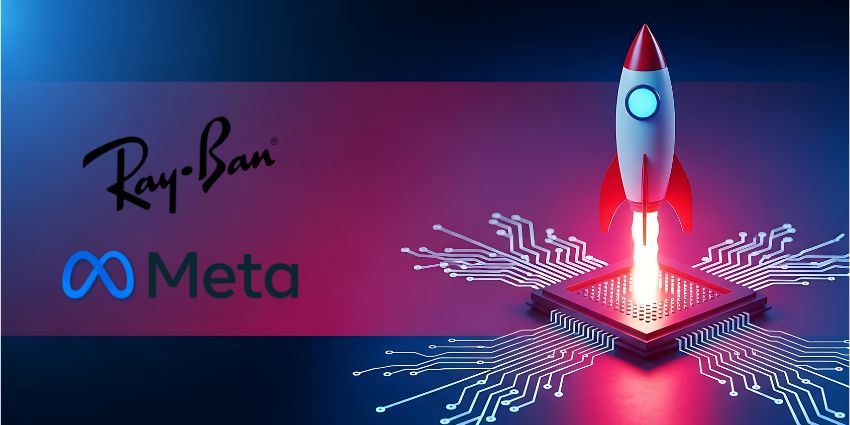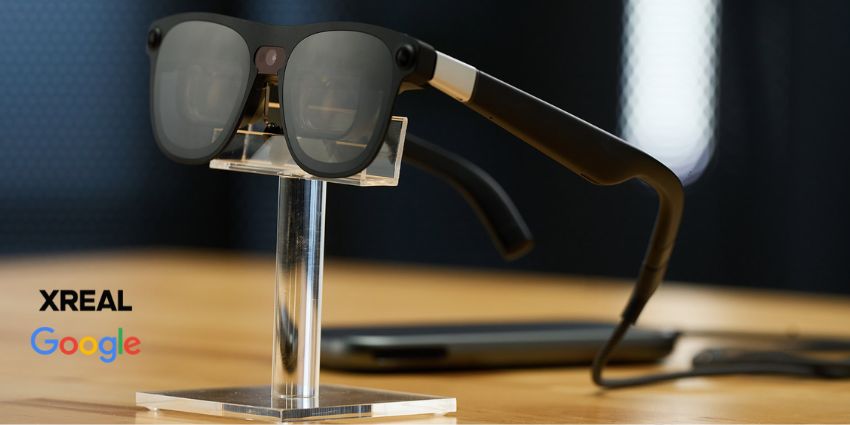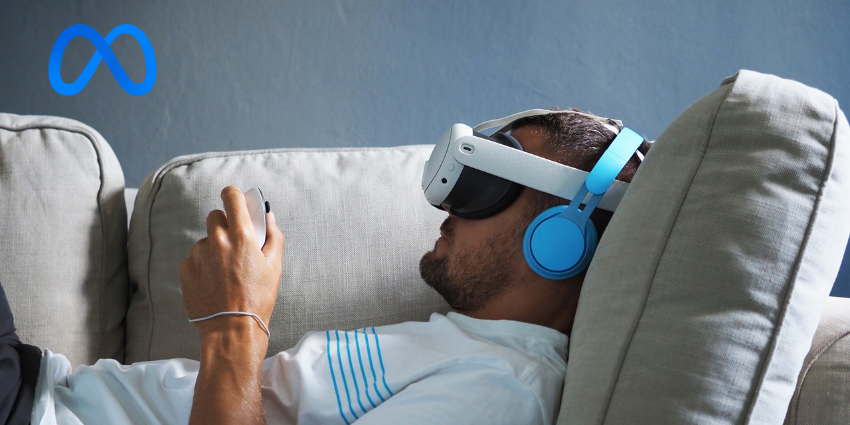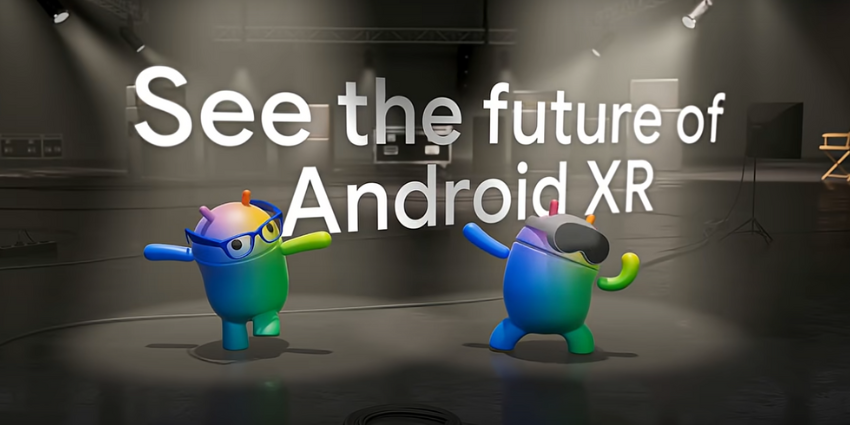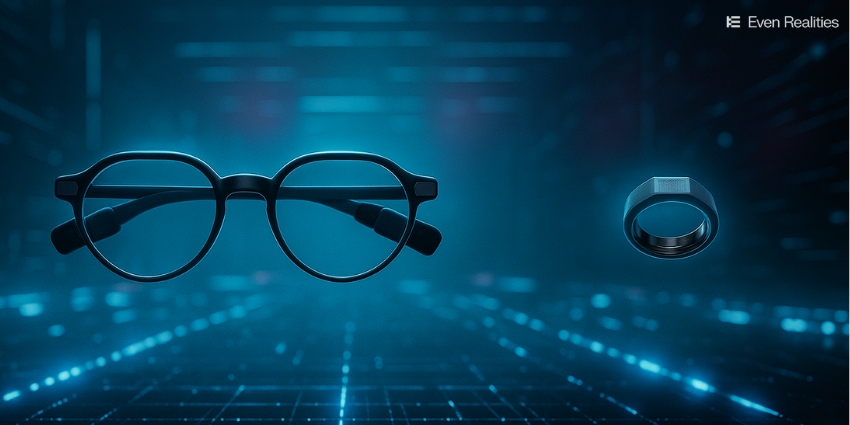As someone who’s watched the XR industry evolve from clunky headsets to sleek, everyday wearables, I’m genuinely excited about what Meta’s Ray-Ban smart glasses success means for all of us navigating the future of immersive technology. If you’re an innovation leader wondering when XR will finally break into the mainstream, or an enterprise decision-maker questioning the viability of smart glasses for your workforce, this story reveals something remarkable—the XR revolution isn’t coming through VR headsets. It’s happening right on our faces.
The Numbers Don’t Lie: Smart Glasses Are Having Their Moment
The latest earnings from EssilorLuxottica paint a picture that should make every XR professional take notice. Ray-Ban Meta smart glasses sales haven’t just grown—they’ve tripled in the first half of 2025 compared to the same period last year. We’re talking about a product that has sold 2 million units since its October 2023 debut, with Meta CEO Mark Zuckerberg admitting that demand is “still outpacing our ability to build them.”
What makes this even more impressive is the context. While Apple’s Vision Pro struggles with adoption at $3,500 and other XR headsets remain niche products, a $299 pair of smart glasses that look like regular Ray-Bans is quietly dominating the market. EssilorLuxottica’s overall revenue jumped 7.3% to $16.25 billion, with the Ray-Ban Meta glasses being a significant contributor to this growth.
Why This Success Matters for Enterprise XR
This isn’t just a consumer win—it’s a blueprint for enterprise XR adoption. The Ray-Ban Meta glasses succeed because they solve the fundamental challenge that has plagued workplace XR: social acceptability and practicality.
“We are leading the transformation of glasses as the next computing platform,”
stated Francesco Milleri, chairman and CEO of EssilorLuxottica, and Paul du Saillant, deputy CEO, in their earnings report.
Think about it from an enterprise perspective. Your employees can walk into meetings, conduct site inspections, or collaborate with remote teams while wearing glasses that look completely normal. The Ray-Ban Meta glasses offer hands-free photo and video capture, voice-controlled messaging, AI assistance, and audio communication—all without the stigma or bulk of traditional XR headsets.
The Partnership Strategy That’s Reshaping XR
Meta’s approach here is fascinating and instructive for enterprise leaders. Instead of going it alone, they partnered with EssilorLuxottica, a company that understands eyewear better than anyone. This collaboration has been so successful that Meta recently acquired a $3.5 billion stake in the eyewear giant, signaling long-term commitment.
The partnership has already expanded beyond Ray-Ban. The new Oakley Meta glasses, priced at $499, offer enhanced features including higher-resolution recording, improved speakers, and 40% longer battery life lasting up to eight hours. These sportier, waterproof frames are already selling out, proving that different use cases require different form factors—a lesson enterprise buyers should remember when considering XR solutions for various work environments.
What Enterprise Buyers Can Learn
The success of Ray-Ban Meta glasses offers several key insights for enterprise XR adoption:
Seamless Integration Wins: The glasses work because they don’t disrupt normal behavior. Employees can use XR features while maintaining natural interactions with colleagues and clients. This is crucial for customer-facing roles, field work, and collaborative environments where traditional headsets would be impractical.
AI Integration Is Essential: The glasses’ Meta AI capabilities demonstrate how artificial intelligence enhances XR experiences. For enterprises, this means looking for XR solutions that incorporate intelligent features like real-time translation, data analysis, and automated documentation.
Form Factor Diversity Matters: With Ray-Ban for everyday use and Oakley for active environments, Meta shows that one size doesn’t fit all. Enterprise buyers should consider different XR solutions for different workplace scenarios rather than seeking a single device for all use cases.
The Competitive Landscape Heats Up
Meta’s success hasn’t gone unnoticed. Both Apple and Google are reportedly working on their own smart glasses, while Meta continues expanding its portfolio with rumored high-fashion AI glasses in partnership with Prada. This competitive rush validates what many of us in the XR industry have suspected—smart glasses, not headsets, may be the breakthrough form factor for mainstream adoption.
For enterprise leaders, this competition is great news. More players mean better products, competitive pricing, and faster innovation cycles. It also means that investing in smart glasses infrastructure and training now positions your organization ahead of the curve.
The Ray-Ban Meta success story proves something I’ve believed for years—the future of workplace XR isn’t about strapping on bulky headsets for meetings. It’s about seamlessly blending digital capabilities into everyday work tools that people actually want to wear. As spatial computing becomes as natural as checking your smartphone, the organizations that embrace this shift early will find themselves with significant competitive advantages in collaboration, productivity, and innovation.
The question isn’t whether smart glasses will transform the workplace—it’s whether your organization will be ready when they do. With Meta selling 2 million units already and planning for 10 million annually by 2026, that transformation is happening faster than most people realize.
Ready to explore the future of XR in the workplace? Join our vibrant community of 2,000+ XR professionals on LinkedIn to continue this conversation and share insights on how smart glasses are reshaping enterprise collaboration. Don’t miss our weekly insights—subscribe to our newsletter for the most crucial XR industry news delivered straight to your inbox.
